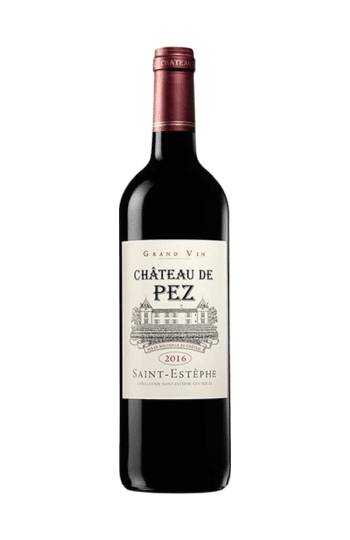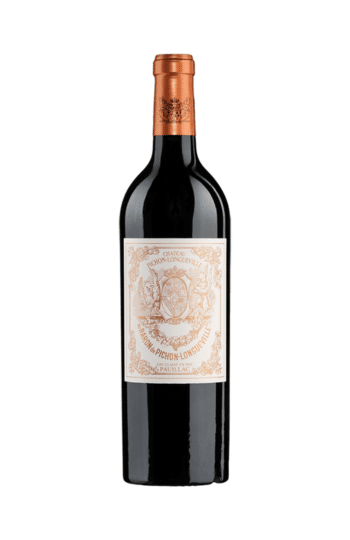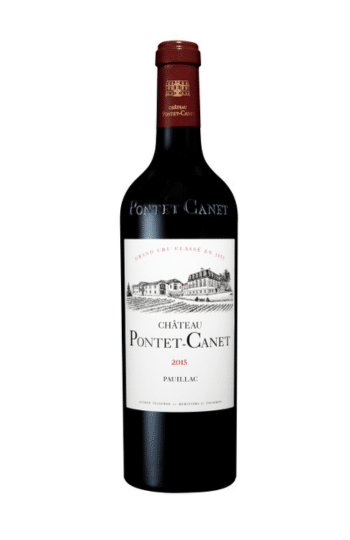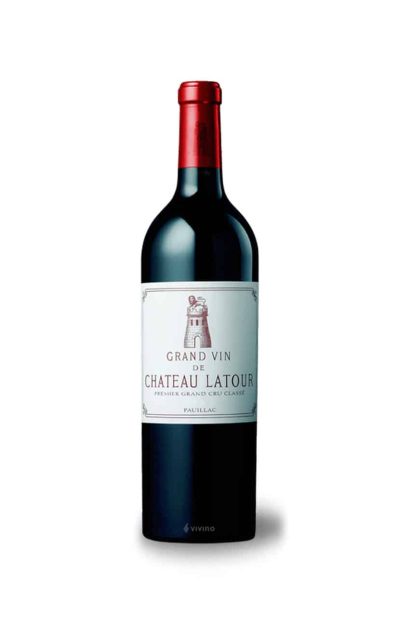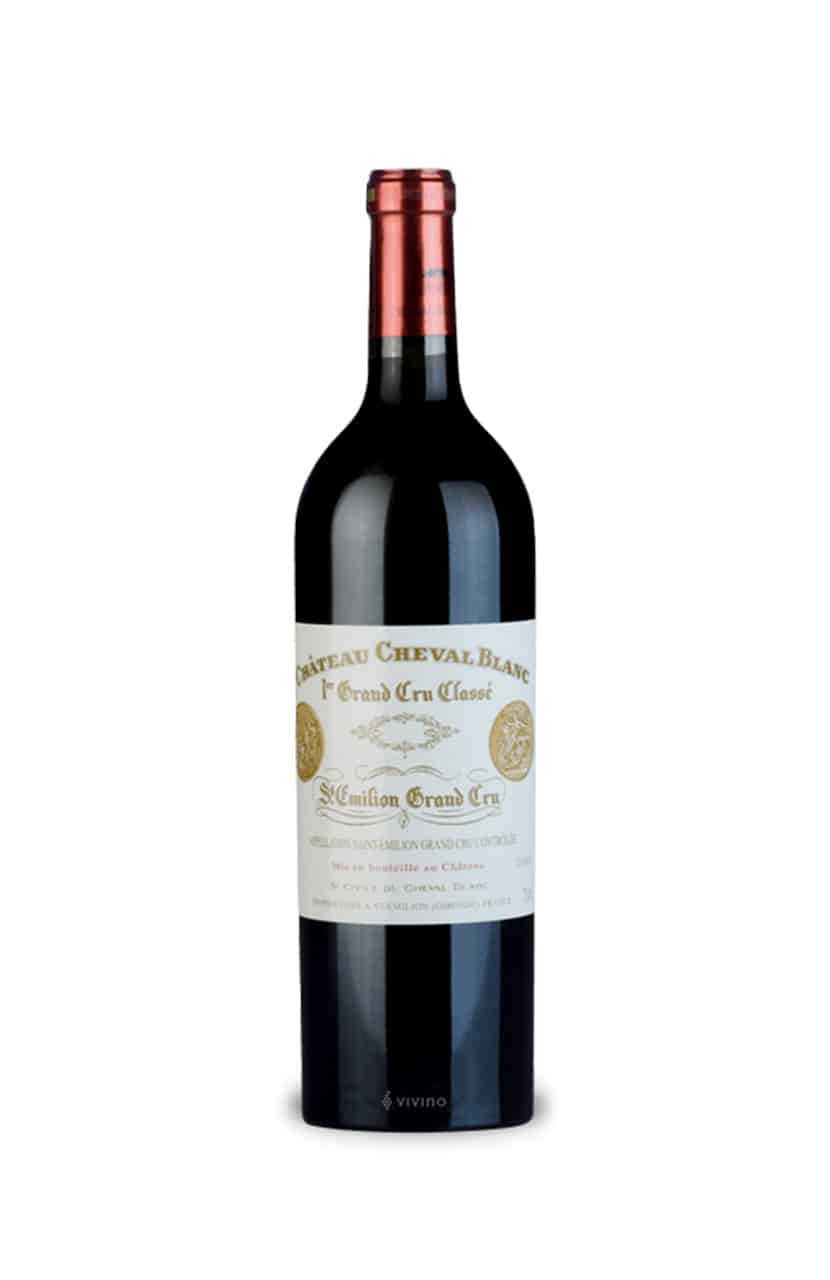
Chateau Cheval Blanc, 2007, Saint-Emilion, 0,75 l
545,00 €
Taste Saint Emilion's most famous wine - Cheval Blanc. The 2007 Cheval Blanc boasts a ruby red colour with a garnet hue. It has subtle aromas of red berries, leather, iron felt and orange peel. The palate is full of velvety tannin.
Availability: 1 in stock
The 2007 Cheval Blanc boasts a ruby red colour with a garnet tinge. It has subtle aromas of red berries, leather, iron felt and orange peel. The palate is full of velvety tannin. A predominant proportion of Cabernet Franc forms the backbone of this wine and gives it notes of pepper and sweet spices in a gripping finish.
The weather in 2007 called for careful attention in the vineyard, and also for green pruning. After an exceptionally warm April, the weather started to deteriorate from May. July was cool and wet, followed by a dry spell at the beginning of August and then showers at the end of that month. In September, the good weather returned with three weeks of ideal conditions: hot days and cold nights.
The wine varieties are 53 % Cabernet Franc and 47 % Merlot. After 15-26 days of maceration, the wine was matured for 16-17 months in new French oak barriques.
Ratings:
- Wine Spectator: 91 / 100
- CellarTracker: 92 / 100
– Gilbert & Gaillard: 97 / 100
| Weight | 1,5 kg |
|---|---|
| Region | Bordeaux |
| Variety | 53 % cabernet franc, 47 % merlot |
| House | Chateau Cheval Blanc |
| Alcohol level | 13 % |
| Recommended temperature | 16 - 20°C |
| Country | FRANCE |
| Ageing potential | 10-15 years |
| Wine style | Rich red wine |
| Yearbook | 2007 |
| Volume | 0,75 l |
| Vinification | 15 - 26 days maceration with fermentation, 16 - 17 months maturation in new French oak barriques |
| Food matching | beef, game, pork, medium and mature cheeses |
| Colour | Ruby red |
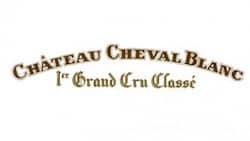
Château d'Yquem is an estate in the Sauternes district of Bordeaux, where arguably the most famous dessert wine in the world is produced. It was the only Sauternes château to be rated Premier Cru Supérieur in the official classification of 1855 and is priced accordingly. The Yquem estate was owned by the King of England in the Middle Ages. Late harvest wines have been produced here since at least the late 1500s. The 113 hectares of vineyard are situated on the highest hill in Sauternes. The soil here is ideal for sweet wine production - warm, dry top soil of pebbles and gravel lies on a layer of clay which retains water and helps the development of noble rot. The Yquem vineyard is planted with about 75 % semillon and 25 % sauvignon blanc. A team of around 150 expertly trained pickers pass through the vineyard several times each year and pick only the fully botrytised berries. Yields are very low - around 900 litres per hectare, or about one glass per vine. In the cellar, the grapes are pressed three or four times, with increasing pressures resulting in lower volumes but higher sugar levels. Yquem ferments in new oak barrels for maximum control over small batches. The aim is to produce a wine with 13,5 vol. % alcohol for a wine with 120 to 150 grams of residual sugar per litre. The alcohol content may vary by about 1 percent depending on the sugar level. The individual lots, organised by day of harvest, are aged separately for six to eight months, after which a first selection and a preliminary assemblage are carried out. After a further 20 months or so of ageing, the barrels are tasted again and the final wine is produced from the best lots. On average, around 65 000 bottles are produced each year, although in bad vintages the entire crop is sold off anonymously (this happened nine times in the 20th century). Yquem can show yellow fruit, tangerine, toast and vanilla when young, and develops a rich complexity with age. In top vintages, it can age 50 years or more. Yquem also produces a dry Bordeaux Blanc called Y. This is made mainly from sauvignon blanc harvested at the beginning of the harvest, with small quantities of semillon with a little botrytis. The estate was owned by the Lur-Saluces family from 1785 until 1999, when it was sold to LVMH.
Related products
-
Wine classics
Chateau de Pez, 2018, Chateau Ormes de Pez, 0,75 l
Rated 0 out of 546,00 € Add to basketAdd to wishlistRemove from wish listAdd to wishlist -
Add to wishlistRemove from wish listAdd to wishlist
-
Add to wishlistRemove from wish listAdd to wishlist
-
Add to wishlistRemove from wish listAdd to wishlist



